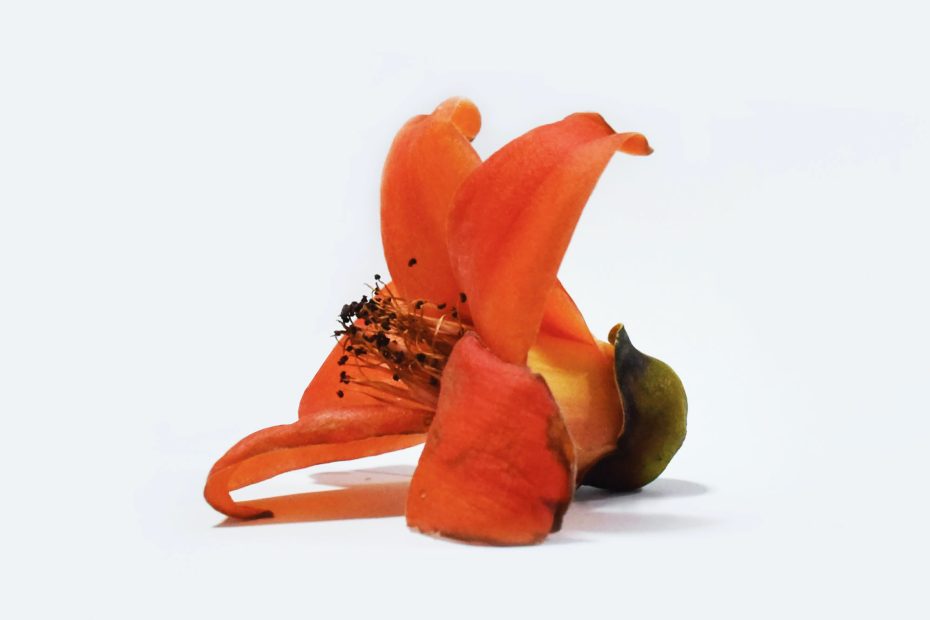Table of Contents
Introduction
Thai silk is a culturally significant textile known for its lustrous texture, intricate patterns and vibrant colors. Produced using artisanal techniques passed down through generations, it carries deep meaning for the Thai people. This article delves into the origins, production, symbolism and preservation of Thai silk.
Thai silk has a long history in Thailand, with evidence of sericulture and weaving traditions dating back 2,000 years. The versatile fabric became an integral part of Thai apparel, ceremonies and crafts. With royal patronage over the centuries, the Thai silk industry flourished and gained worldwide acclaim. However, the arrival of industrialization and synthetic fibers in the 20th century threatened traditional silk making skills. Although production has declined, Thai silk remains an iconic emblem of Thai cultural heritage today.
Origins and History
The cultivation of silk and production of silk textiles in Thailand dates back to the Nan-chao kingdom in what is now Yunnan province of China. Sericultural techniques likely spread from China into northern Thailand as early as the 5th century BCE.
Silk weaving and embroidering subsequently prospered in the kingdom of Sukhothai during the 13th-14th centuries. Royally commissioned silk productions increased over the next few centuries as Thailand transitioned into the kingdoms of Ayutthaya and then Bangkok.
When King Rama V began modernizing Thailand in the late 1800s, he revived the flagging silk industry. Improved production methods and designs appealing to foreign markets were introduced. The king’s initiatives laid the foundation for Thailand’s Silk Queen industry in the early 20th century.
Making Thai Silk
The production of Thai silk begins with the cultivation of silkworms that consume specially grown mulberry leaves. The larvae spins cocoons from silk filaments extruded from its salivary glands.
These cocoons are boiled or exposed to steam to extract the long silk threads. Skilled weavers then gather and twist multiple threads into yarn for the weaving process.
Using wooden handlooms, weavers meticulously create silk fabrics with complex patterns. Supplementary weft techniques like brocading are commonly employed to produce ornate textiles.
Traditional dyes derived from natural substances are used for coloring the silk. Mudmee silk from northeast Thailand also utilizes a resist-dyeing process.
Cultural Symbolism
In Thai culture, different silk colors and designs often signify specific meanings.
-
Gold silk symbolizes royalty and divinity. It was reserved for royal garments and temple offerings.
-
Green silk represents fertility and good fortune. Brides often wear green wedding sarongs.
-
Blue and black silk denotes wisdom, calm and mourning respectively.
Popular Thai silk motifs draw from nature, religion and folklore. Elephant and flower motifs symbolize power and beauty. Buddha images and temple spires represent spiritual reverence.
Textiles play an integral role in Thai ceremonies. Silk funeral shrouds, monastic robes and garments for special occasions reinforce cultural traditions. Distinct regional textile legacies also exist.
Uses and Popularity
Thai silk is prized for its versatility and is commonly fashioned into clothing like shirts, dresses and scarves as well as accessories and home furnishings.
The growing international demand boosted exports and by the 1950s, Thailand became the world’s leading silk exporter. The Silk Queen contest was initiated in the 1960s to further promote the country’s silk industry abroad.
Although synthetic fibers have diminished market share, Thai silk still enjoys prestige domestically and globally for its superior quality and artistic merit.
Challenges and Preservation
Despite its enduring cachet, the Thai silk industry faces challenges today from modernization and foreign competition.
Younger generations are increasingly drawn away from the laborious, low-paying silk production process. Deforestation also threatens the mulberry cultivation needed to feed silkworms.
Organizations like the Queen Sirikit Institute of Sericulture and the Jim Thompson Farm promote the regeneration of silk making skills and support artisan weavers financially. Their efforts help safeguard the endangered traditions of Thai silk production.
Impact and Legacy
Sericulture and silk weaving hold special significance as one of Thailand’s oldest art forms. The cottage silk industry employs close to 200,000 rural households, providing livelihoods and preserving cultural heritage.
Beyond economic benefits, Thai silk represents an invaluable part of Thailand’s artistic traditions and national identity. Though facing challenges, concerted efforts help uphold the legacy of Thai silk as a unique emblem of culture.
Conclusion
For centuries, Thai silk has been intricately entwined with Thai history, artistic expression and cultural identity. The exquisite textiles reflect generations of knowledge passed down by highly skilled artisans. Beyond being a commodity, Thai silk embodies the spirit and pride of the Thai people. Ensuring the continuity of silk making traditions remains critical for safeguarding this cherished cultural heritage.
FAQs
What are some key differences between Thai silk and other silks?
Thai silk is known for its brilliant colors and intricate patterns that employ supplementary weft techniques rarely found elsewhere. It uses more natural dyes compared to silk from China or India. Thai designs feature more Buddhist and elephant motifs as well.
How long does the Thai silk making process take?
It can take up to one year for Thai artisans to complete the entire process from silkworm cultivation to extracting threads and finally weaving intricate fabrics. This labor-intensive process contributes to the higher cost of Thai silk.
Where are the main silk producing regions in Thailand?
The northeast province of Khon Kaen is an important hub for producing mudmee silk. Surin and Si Sa Ket also host many silk villages. Northern Chiang Mai and Nan host well-known weaving communities as well.
What is Jim Thompson silk?
Jim Thompson was an American entrepreneur who helped revitalize the Thai silk industry post World War II. He established the Jim Thompson Silk Company which popularized Thai silk worldwide. Jim Thompson designs blend traditional and modern elements.
How can I spot authentic Thai silk when shopping?
Look for a genuine Thai silk seal from the Ministry of Commerce. Checking for details like hand-dyed colors, intricate weft patterns and uneven hems indicative of handloomed fabric can also help ascertain authenticity.
